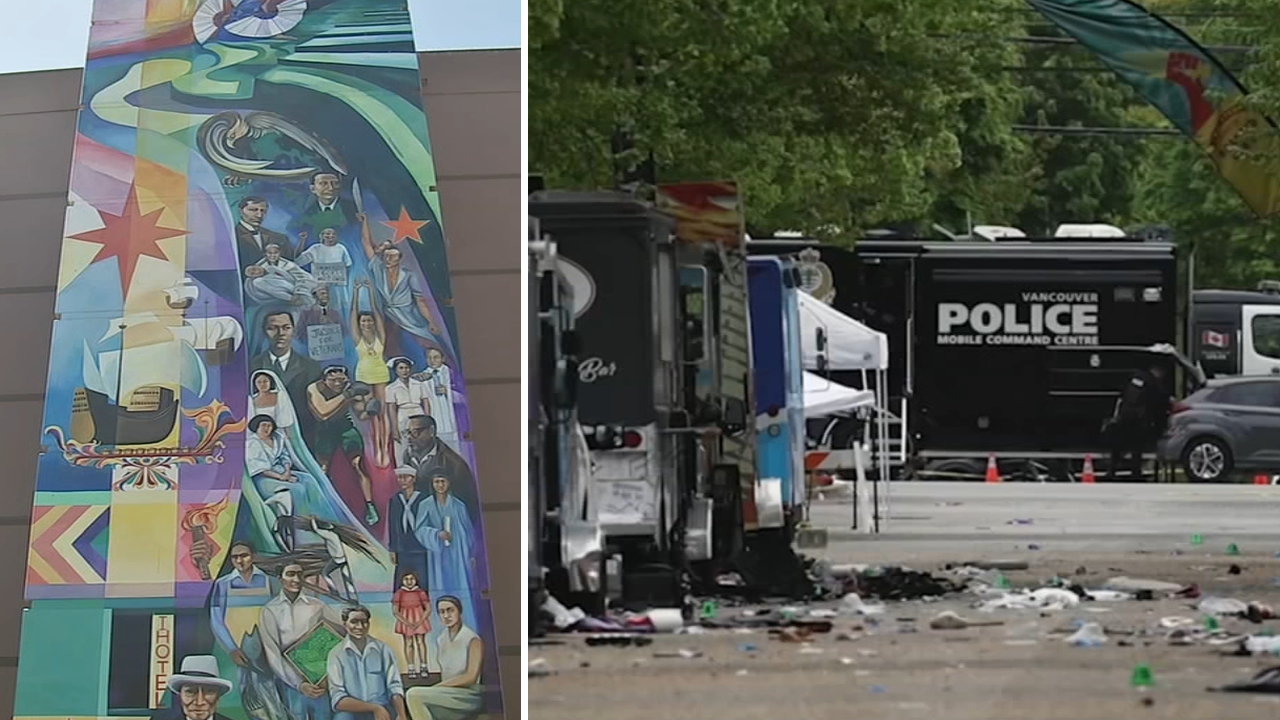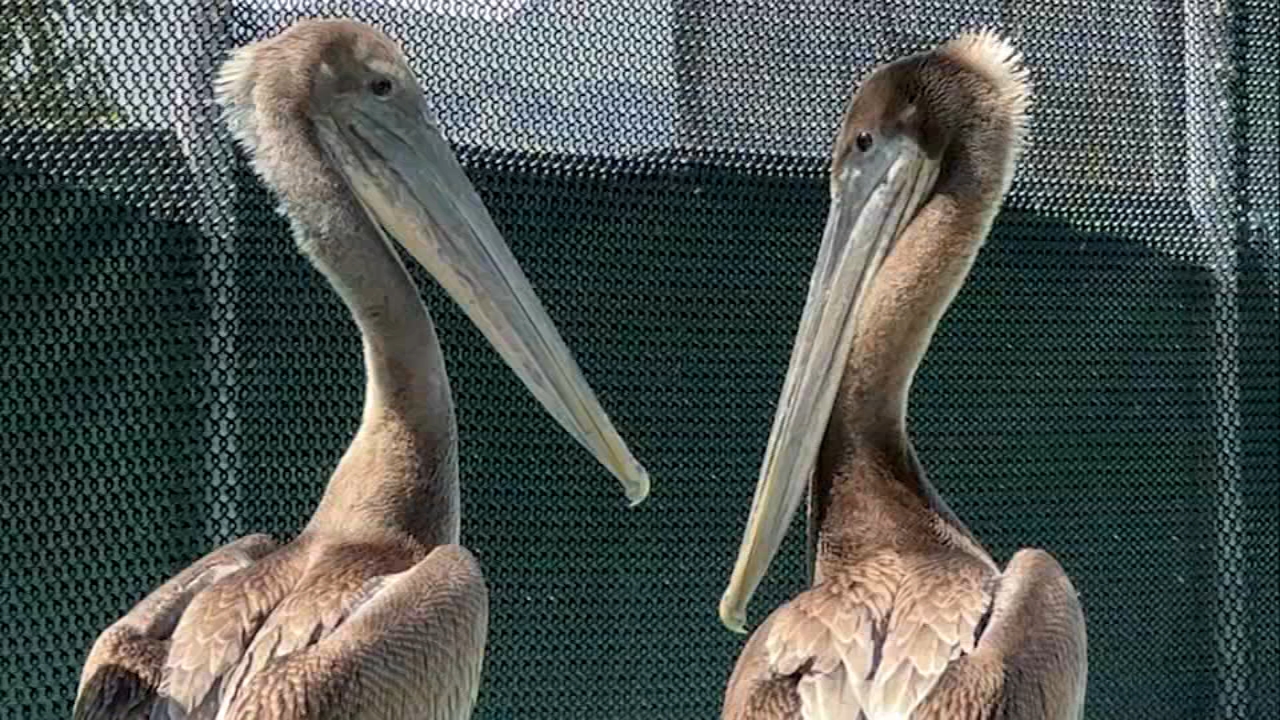Gov. Gavin Newsom announces $600 million to be spent on supportive homeless housing by end of the year

SAN FRANCISCO -- Gov. Gavin Newsom's press conference on the coronavirus pandemic Wednesday focused on the major financial impacts the virus has had.
The governor announced the state would be using $600 million to purchase hotels, motels and apartment buildings by the end of the year for supportive homeless housing.
RELATED: Map shows which counties can, can't reopen under Newsom's new 4-tier system
"Shelter solves sleep, but housing and supportive services solve homelessness," the governor said.
"This is not one of those open ended things where you hear the initiative and it never gets done," Newsom said. "We have to hit it head on. We have to do it ethically, morally and compassionately, but we also have to do it with more accountability and more transparency.
"Look, I'm a taxpayer just like the rest of you watching. It's not just about more and more money. We want to see more and more results."
He added the per unit cost has been coming in below the state's estimates so far, but joked, "Landlords, don't get any ideas there."
The governor also discussed an extension of eviction protections through February 2021. Those who have lost income due to the pandemic can fill out a COVID-19 declaration and be protected from eviction through February, according to the governor. Those who can are still being asked to make some payment toward rent, about 25%.
WATCH: Gov. Newsom gives update on COVID-19 crisis in CA, eviction protections

"We're not only supporting renters, we want to be very sensitive to the needs of particularly small property owners," Newsom said.
More resources and FAQs for tenants and landlords are at a new website set up by the state, HousingIsKey.com.
The governor said the state has seen 4,255 new COVID-19 cases in the past 24 hours - a figure that's been steadily dropping over the past several weeks. Another bit of good news: ICU hospitalizations are down 23% over the past two weeks.
But Newsom implored Californians to keep up the good work as we head into a holiday weekend.
"We saw this a few months back when we started to see progress over an extended period of time. And invariably people said, 'Well, looks like we're out of the woods.' ... We must learn from that recent example and that's why it's more important than ever to be vigilant as we work through the next few months and work through this flu season."
Newsom surprised many last week by overhauling California's reopening plan, moving away from the "watch list" system of county monitoring to a four-tier, color coded approach.
App users: For a better experience, click here to view the full map in a new window
There are four tiers: yellow, orange, red and purple. Yellow indicates minimal COVID-19 spread and allows for nearly all businesses to reopen indoor operations (as long as physical distancing and face covering requirements are in place). Purple means there is widespread COVID-19 transmission in the county and nearly all businesses have to keep indoor operations closed or severely limited. (We've got all the specifics here, if you're curious what can and can't open near you.)
But counties can still choose to move at their own pace, keep businesses closed longer if they choose. That left a lot of confusion over the weekend and early this week into how counties would respond.
RELATED: Interactive map shows what's open, closed in the San Francisco Bay Area and Southern California
As of Wednesday, the vast majority of the state - 38 of 58 counties - were in the strictest category, purple. Only three counties -- or 0.1% of the state's population -- were yellow.










